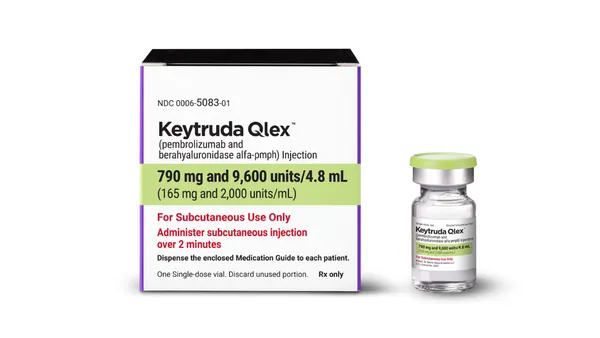The Magic of Belief to Behavior For advertising to move the needle for a brand, the industry needs to transition to a “belief to behavior” model. Brian Heffernan Chief Marketing Officer This is something you would probably never expect to hear from an advertising agency: advertising doesn’t work. Or at least it doesn’t work as hard as it should. Why? Let’s start with the fact that most pharmaceutical advertising focuses on awareness. Awareness is great, but it can take a brand only so far. Advertising that merely raises awareness may be elevating, optimizing, or profoundly promotional, but it doesn’t stimulate action. While ensuring the target audience is aware of a product’s existence is a necessary first step, it doesn’t automatically generate sales. A Change in Behavior For advertising to impact the brand’s sales, it often needs to drive a change in behavior. This sounds great, but what does it mean? First, it’s important to understand a few things about the science behind behavior change. Behavior is grounded in beliefs — those powerful convictions that mix emotion, information, and experience. By changing a belief, behavior will be impacted. How can marketers change a belief? It takes more than just one-way communication. Telling customers what they should know or do isn’t enough. Belief change happens through interpersonal communication — dialogues, conversations, and debates — shared experiences that shape the way customers view the world. Belief-to-Behavior Model Unfortunately, most of today’s advertising is based on the traditional “awareness-preference-consideration-trial-purchase” model, which relies on linear communication. This model isn’t necessarily wrong, but it’s definitely outdated. For advertising to move the needle for a brand, the industry needs to transition to a “belief-to-behavior” model. Belief to behavior is an approach to advertising that asks marketers to look at their marketing efforts in a new way. Rather than simply focusing on the product and how it is better or different from others in the marketplace, it focuses first on customers. What do they think? How are they acting? And why? It starts by analyzing how customers currently behave in a given therapeutic area and determining what attitudes or beliefs they hold that are driving that behavior. The beliefs that drive action may not be about the product itself, but about the disease, the patient, or the healthcare provider. For example, research into gastroesophageal reflux disease (GERD) may show that many patients with chronic GERD symptoms never mention it to their physician and simply treat it with over-the-counter antacids. When the belief behind the behavior is examined, the outcome is that the belief has little to do with any prescription medications for GERD. Instead, these patients don’t discuss the condition with their doctors because they assume that the stomach pain and heartburn symptoms they experience are caused by poor diet and are not serious enough to warrant a call to the doctor. Fear of having to drastically change their eating habits or concern that they may be viewed as a “complainer” by their doctor keeps them from seeking the medical care that might remedy their condition. Going back to the advertising model, once it’s known how customers currently behave and why, marketers can determine the future behavior they want them to adopt and what beliefs will drive them to that behavior. For the example above, the desired action may be for patients to speak to their doctors about their frequent heartburn. The compelling belief that will drive this behavior could be: “It’s possible to get relief for my symptoms and continue to eat the foods I like. And talking to my doctor about it now may prevent the problem from becoming more serious.” Of course, uncovering the relevant beliefs and behaviors is only half the journey. Translating these insights into a marketing campaign that drives customers to the desired action is where the real magic happens. Creating a Meaningful Connection For the GERD example, the focus clearly needs to be on education rather than on promoting a particular drug and its features. But simply giving patients new information about the disease isn’t enough to change beliefs. Instead, the marketing tactics need to create a dialogue with customers — an interaction that will lead them to reconsider their current beliefs about GERD. Creating meaningful connections that truly engage customers in the process, rather than just bombarding them with marketing messages, are the key to changing the way people behave. How can marketers execute these belief-to-behavior campaigns? There is no one-size-fits-all tactical plan. But it helps to re-evaluate the toolbox. Standard approaches, such as print advertisements and sales rep aids, are not sufficient. Instead, pharmaceutical marketers should consider capitalizing on the interactive advantages of new media and using PR and education-focused tools to stimulate conversations between healthcare professionals and patients. Regardless of the specific tactics, the new bottom line in healthcare marketing is this: companies don’t want customers to be aware of their products — they want customers to use their products. Advertising needs to drive customers toward this desired behavior. If it doesn’t, then it simply doesn’t work. advertising GSW Worldwide, Westerville, Ohio, an inVentiv Health company, is a full-service healthcare advertising agency. For more information, visit gsw-w.com. September 2006 VIEW on Marketing
An article from


The Magic of Belief to Behavior
Filed Under:
Commercialization









